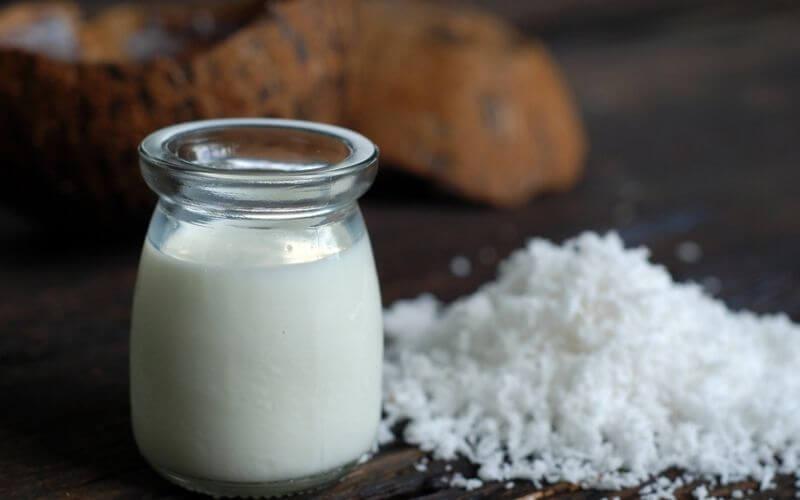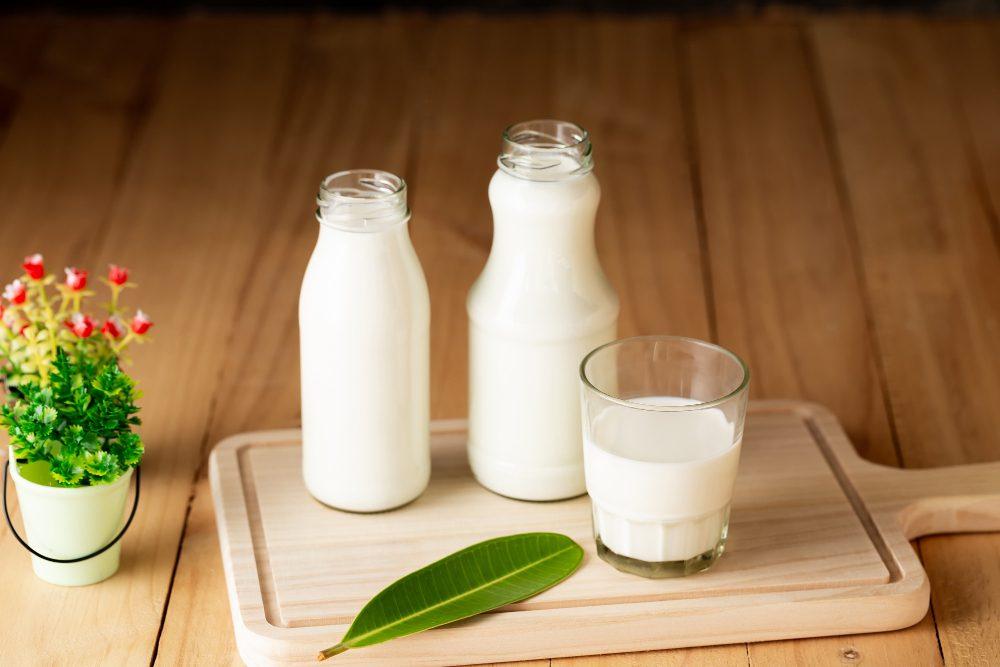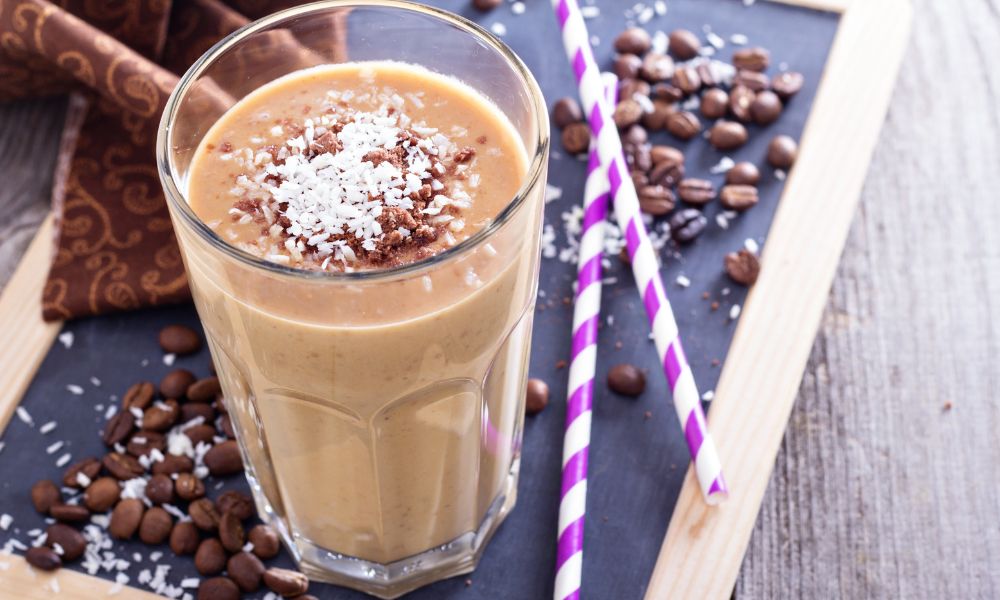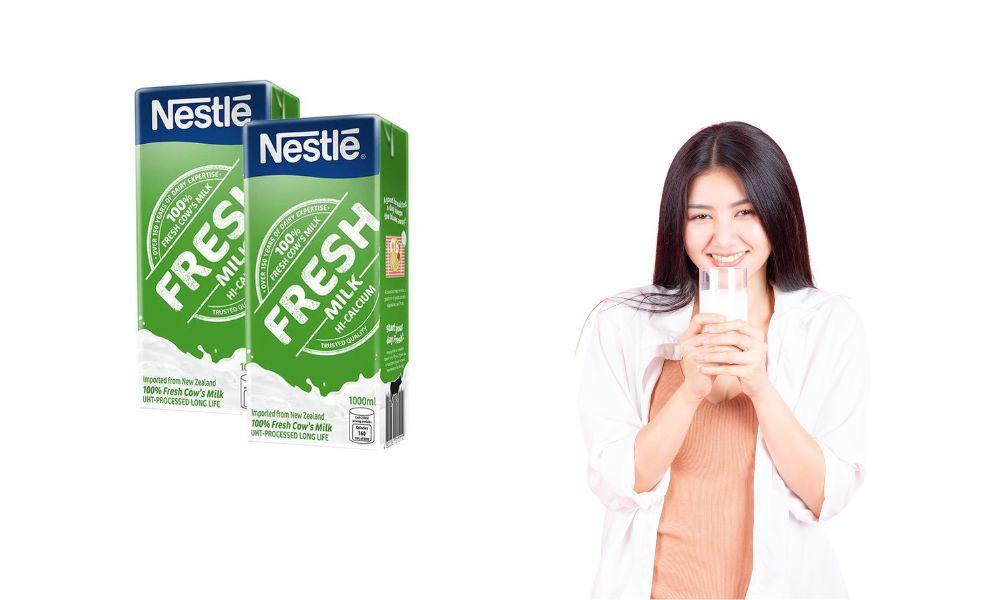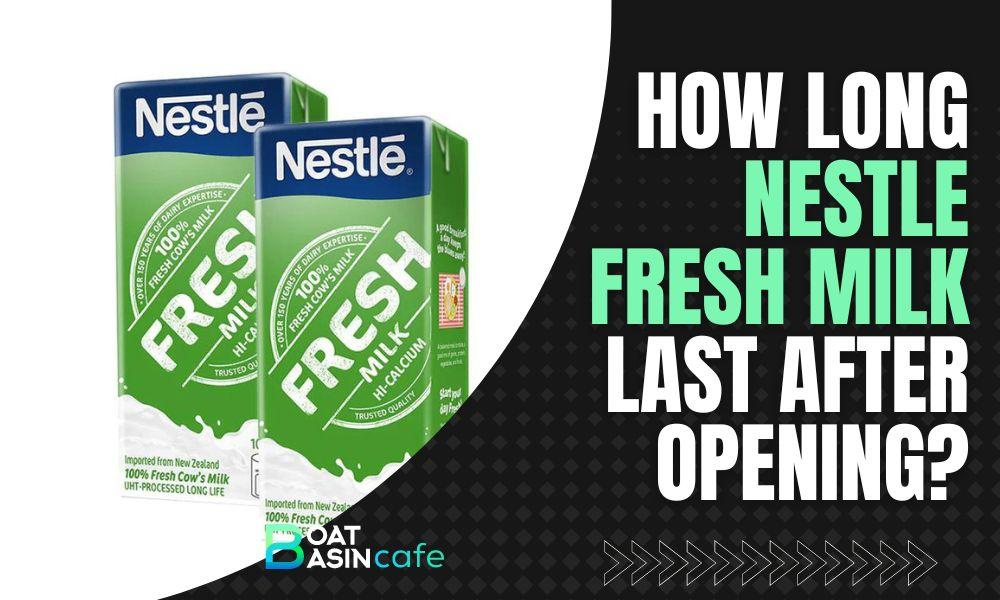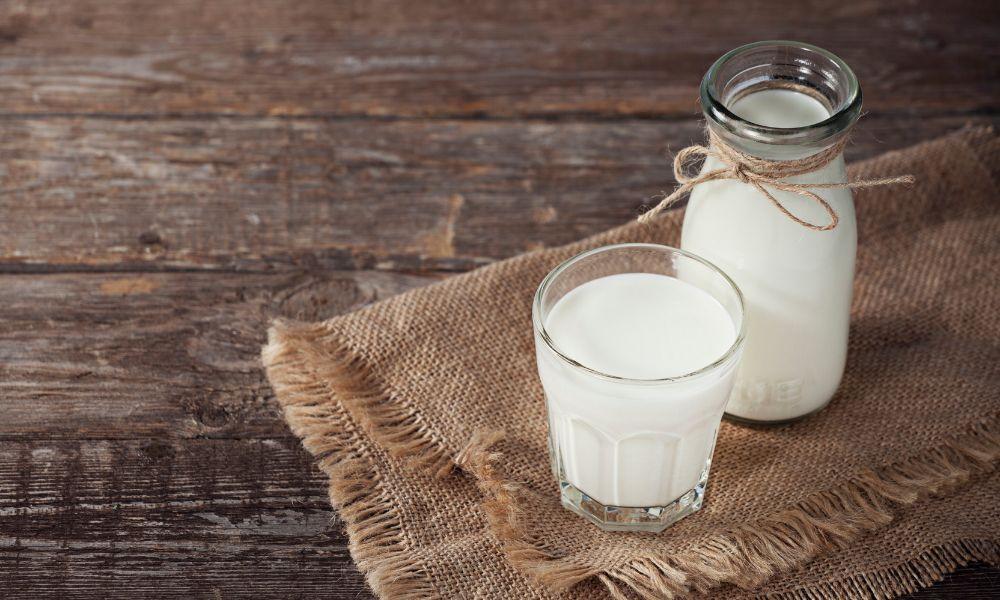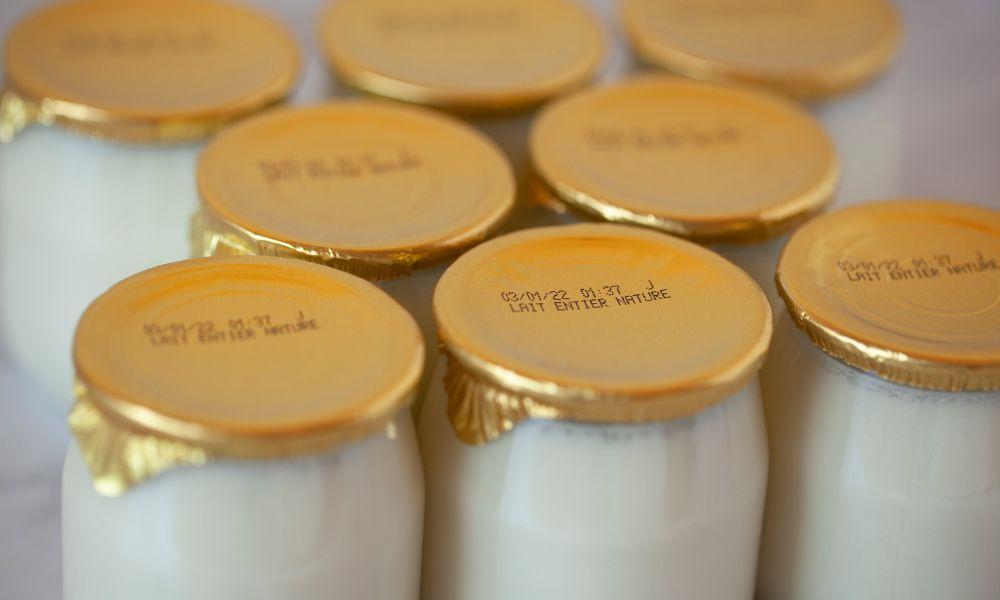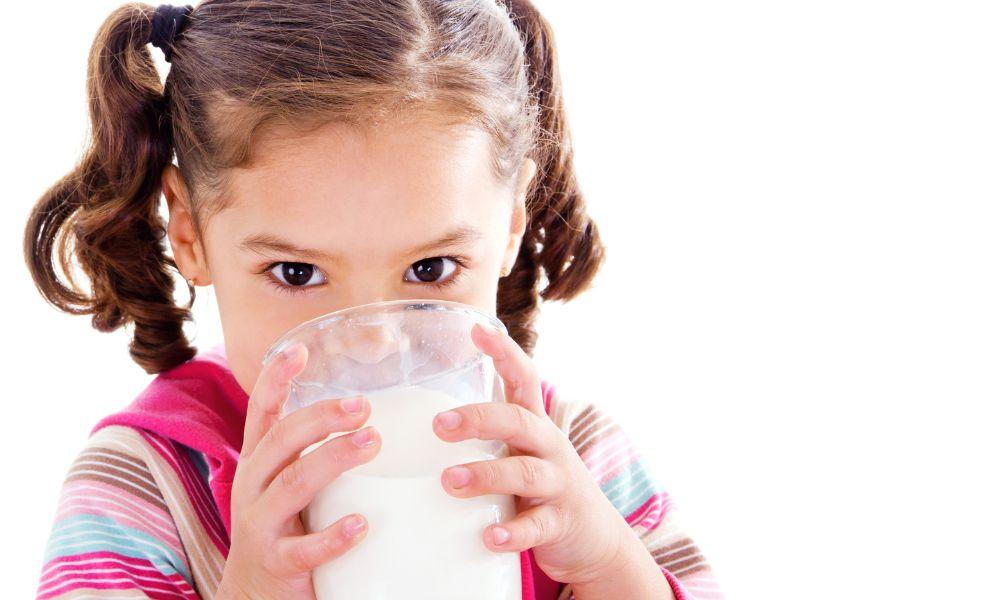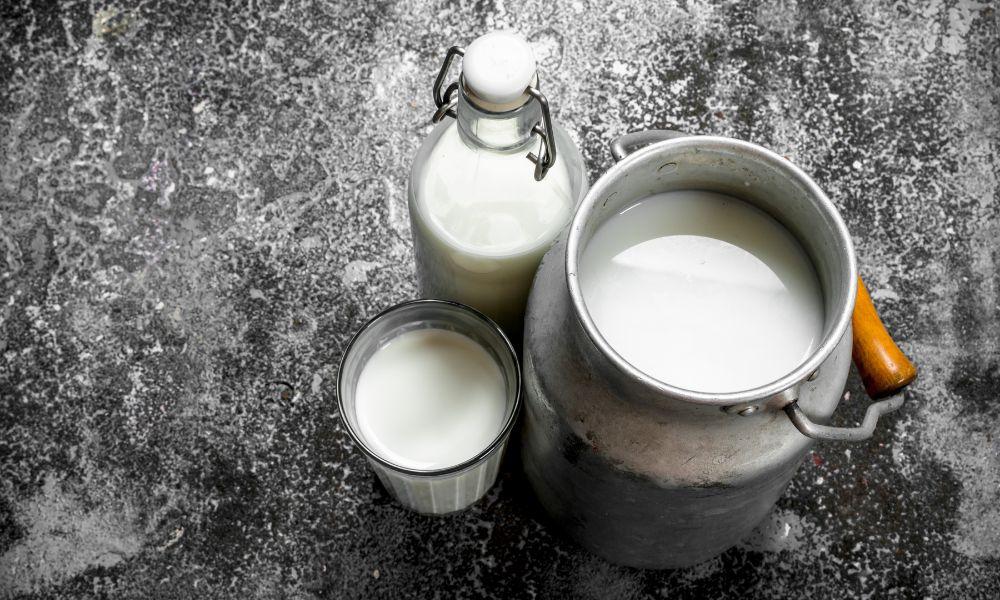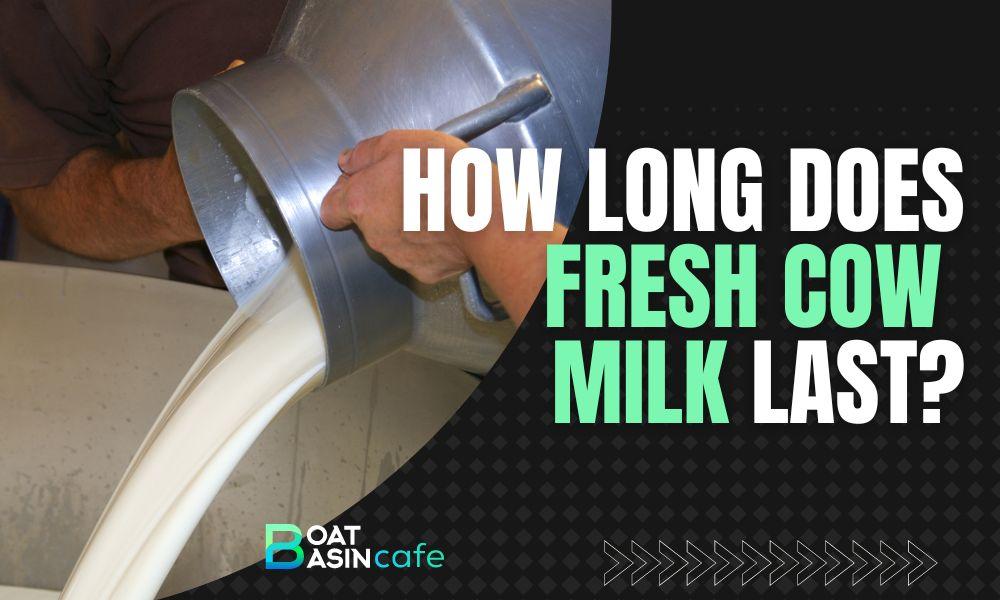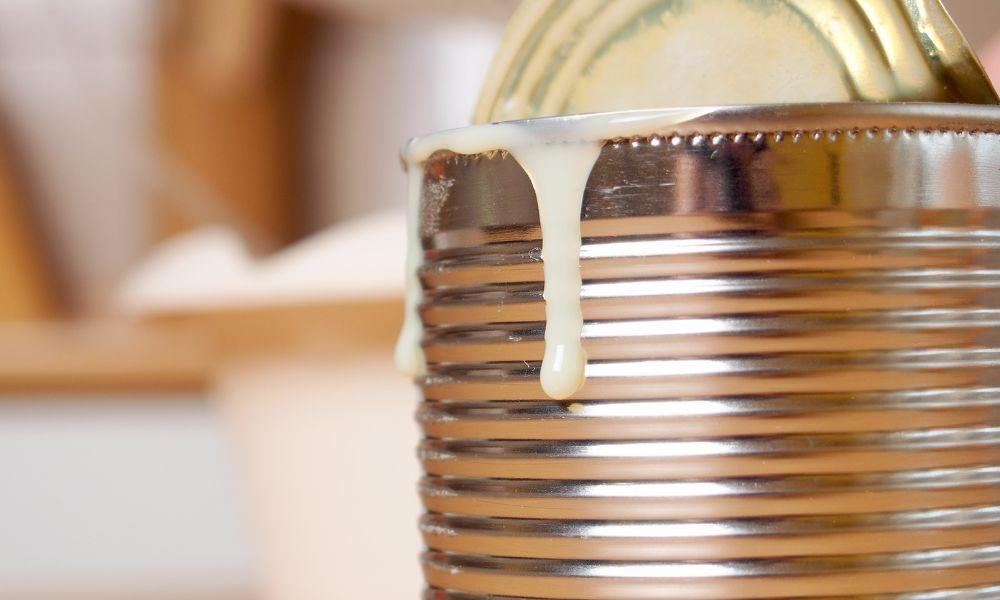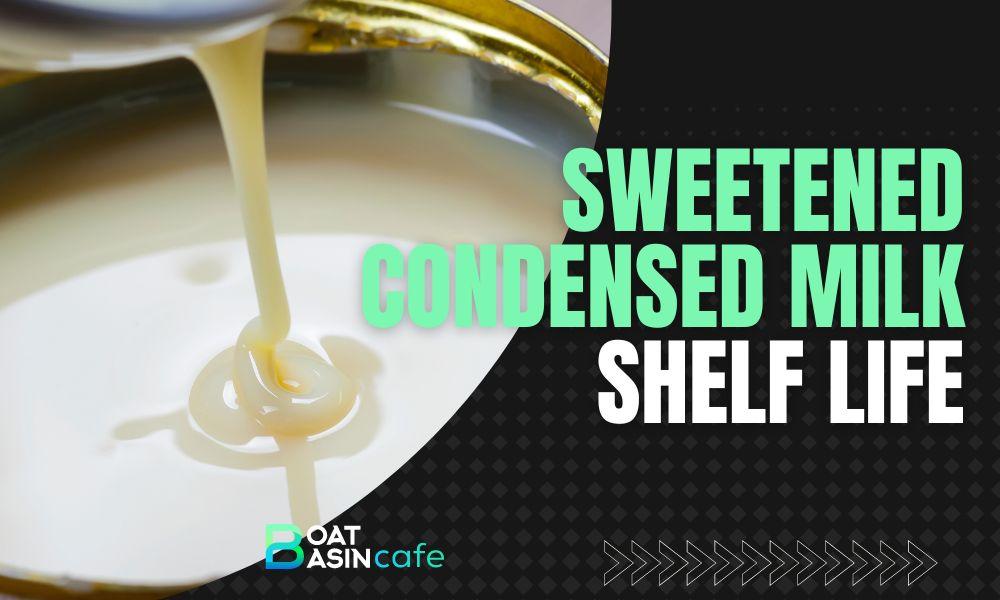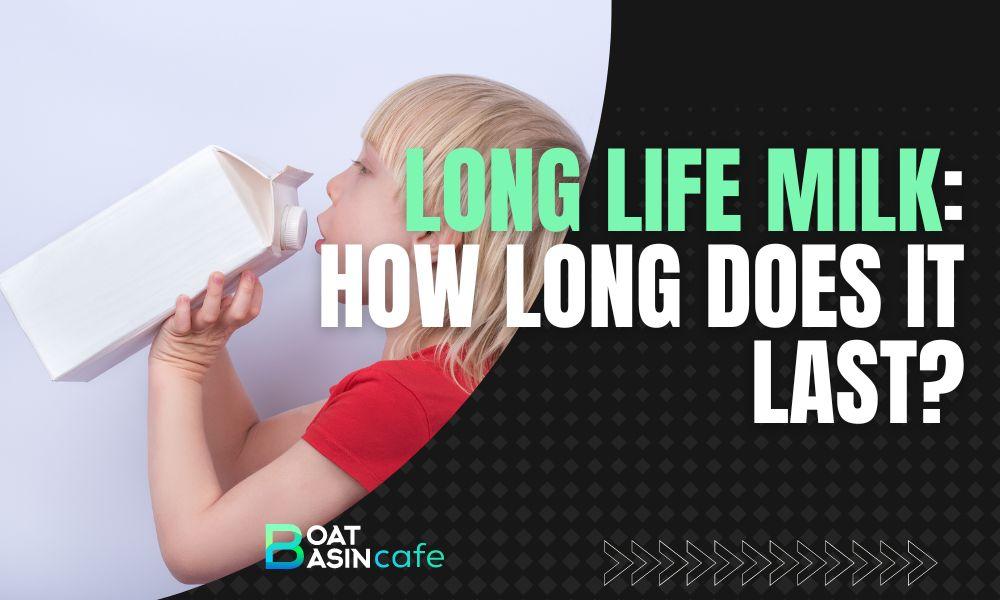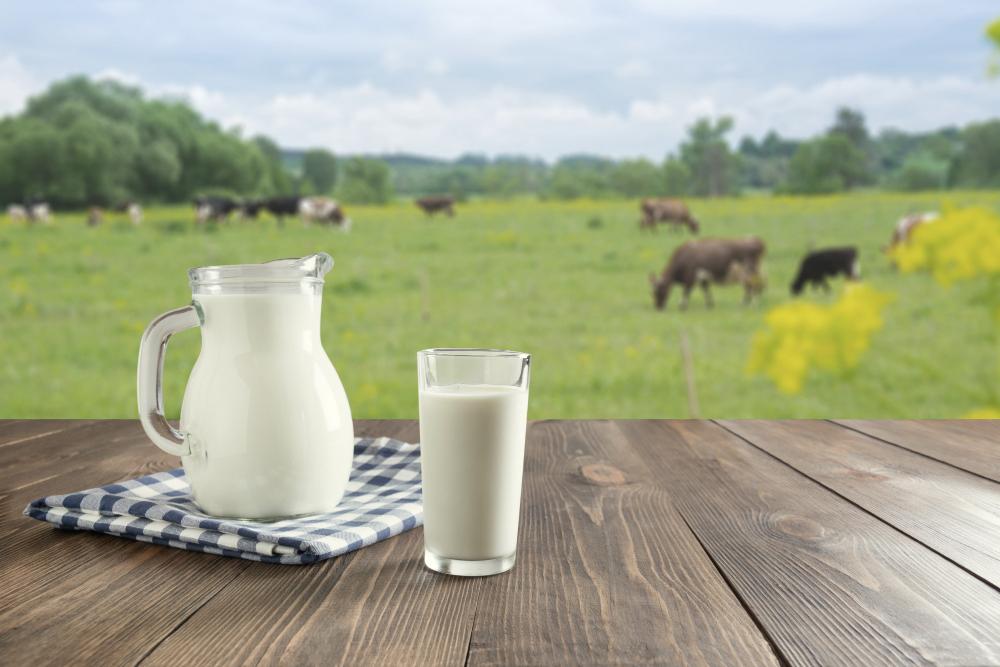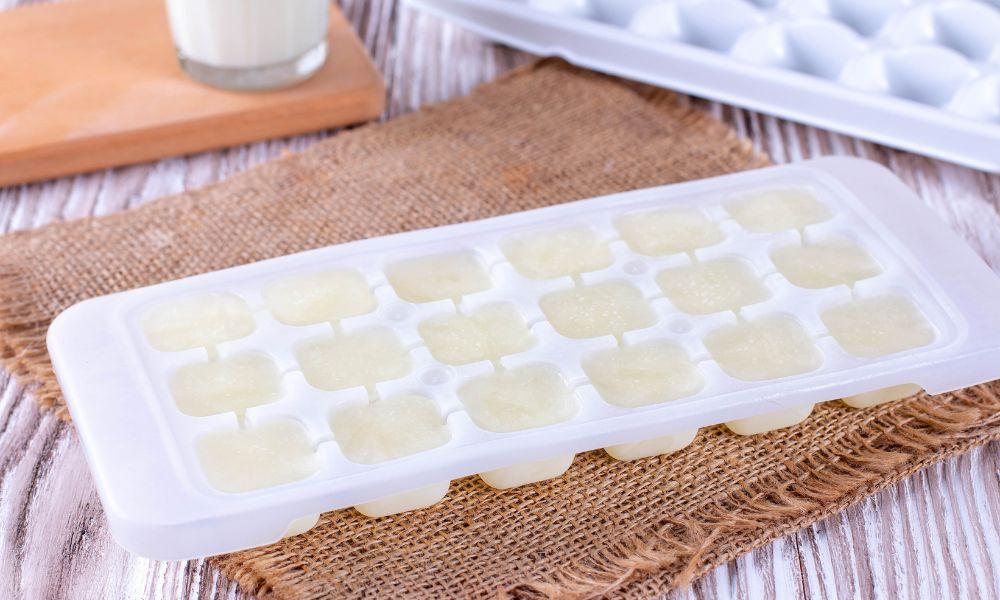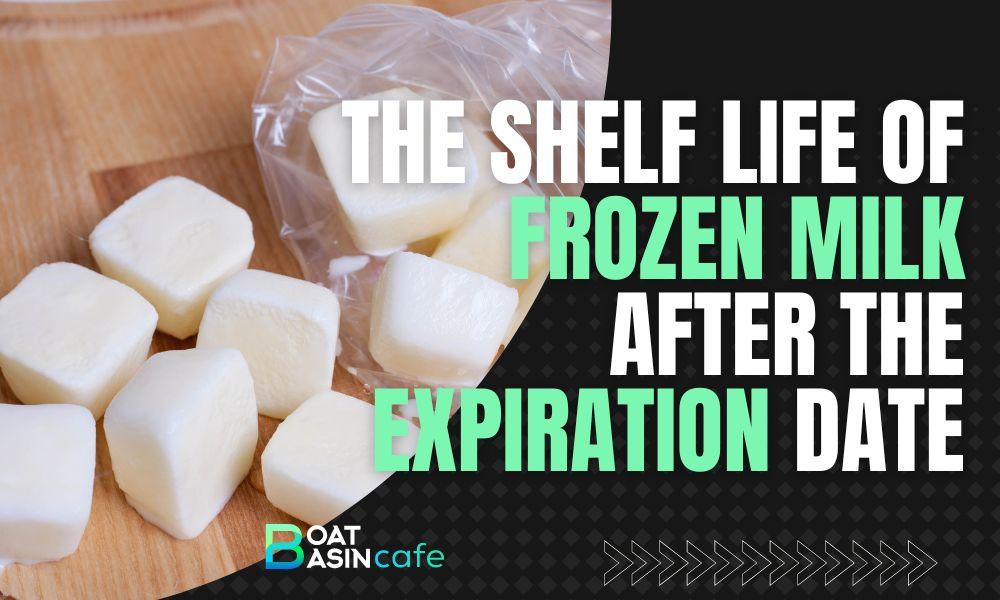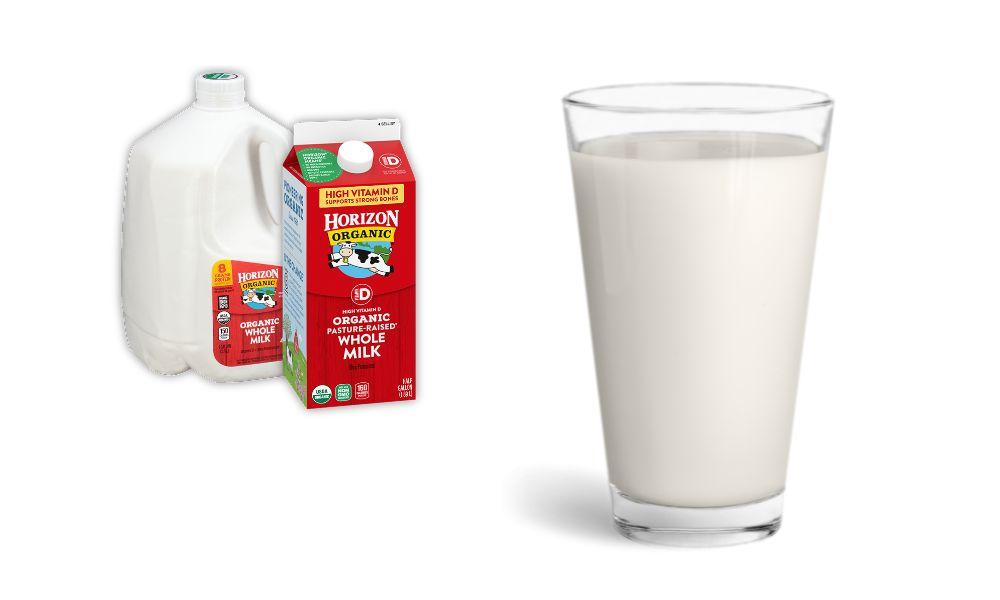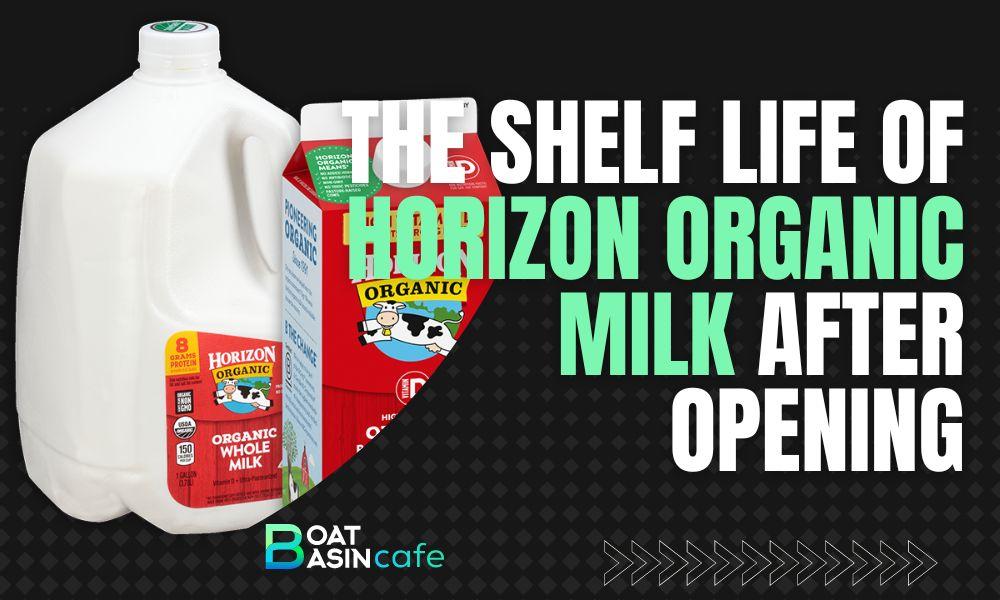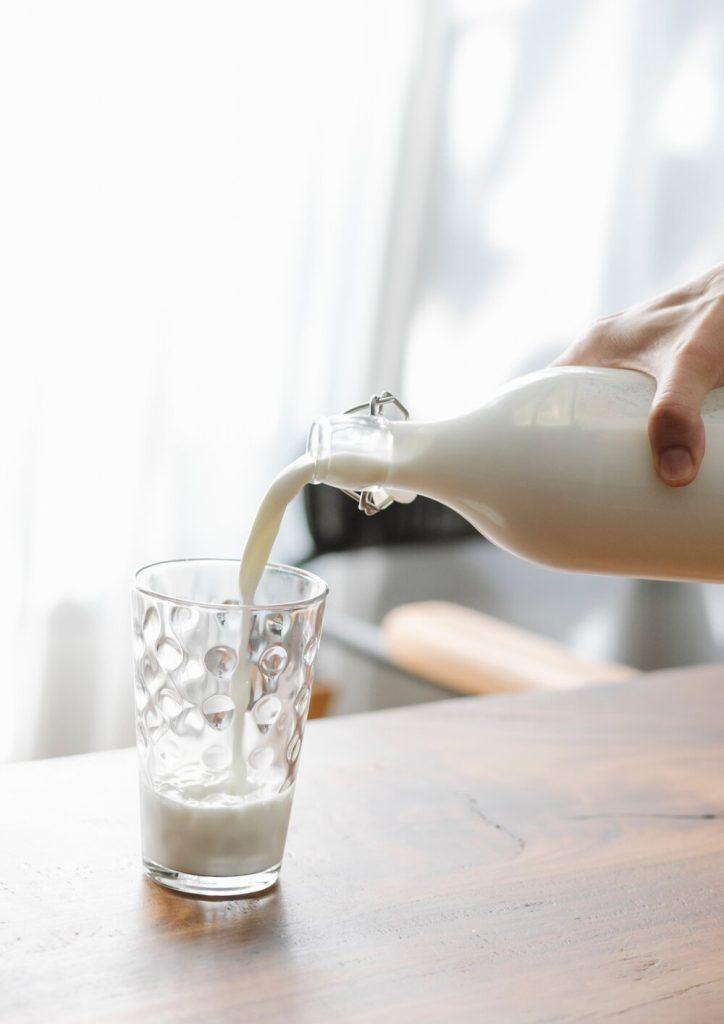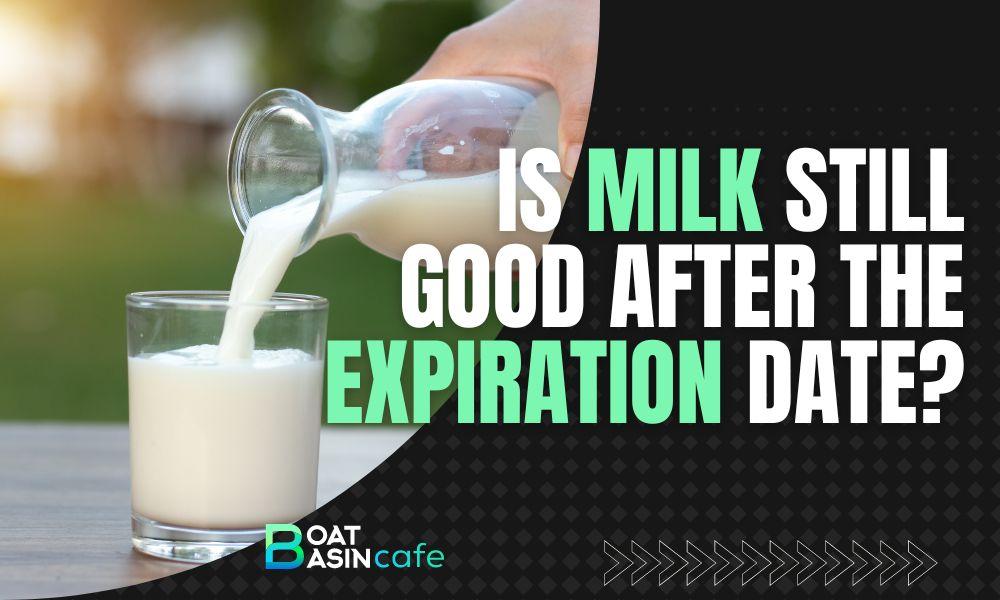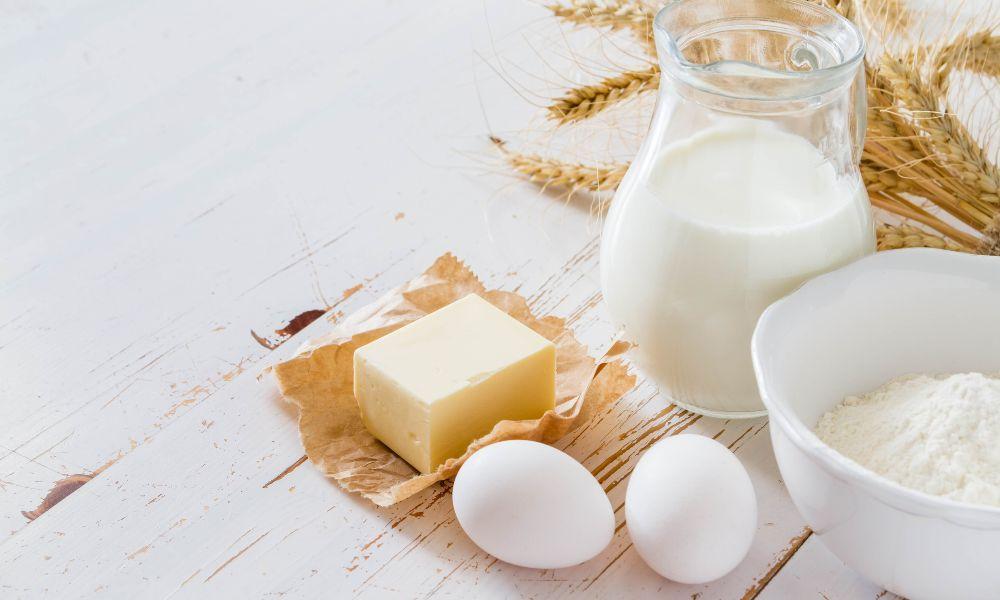Is your canned coconut milk past its expiration date? Don’t toss it just yet! Learn how to tell if it’s still safe to use, plus tips for making it last longer and delicious recipes for using up slightly older coconut milk.
Important: Signs of Spoilage
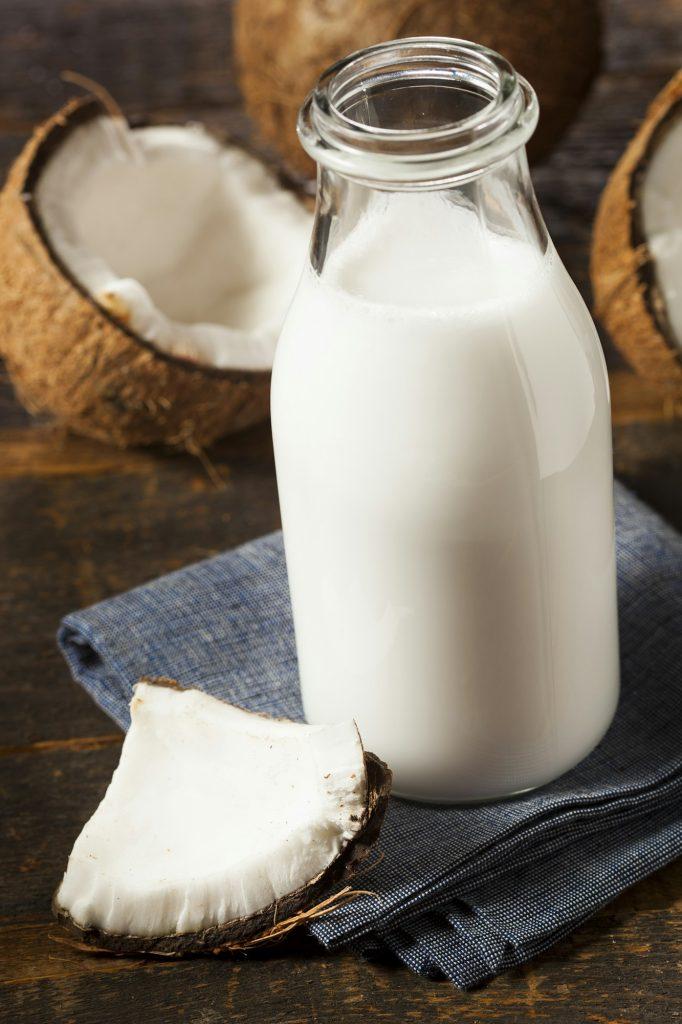
Before using any canned coconut milk, especially if it’s past the expiration date, always check for these signs of spoilage:
- Foul or rancid smell: If the coconut milk smells “off” or unpleasant, it’s best to throw it away.
- Mold: Any visible mold on the surface or inside the can means the coconut milk has gone bad and should not be consumed.
- Unusual changes in color or texture: If the milk appears slimy, chunky, or has a significantly different color than usual, it’s a sign that it has spoiled.
If you notice any of these signs, discard the coconut milk immediately to avoid potential food poisoning.
Understanding Expiration Dates
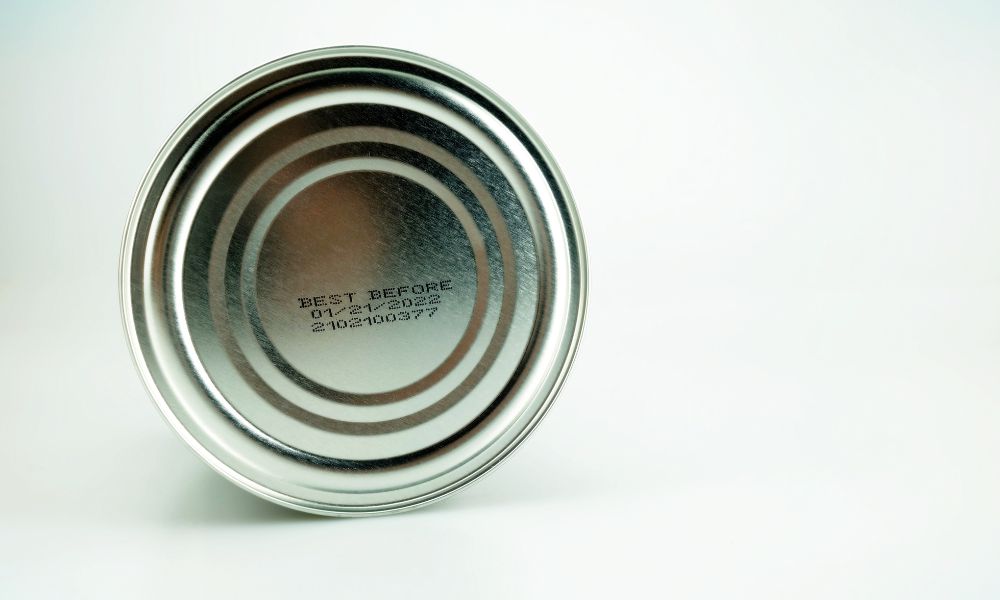
When it comes to canned coconut milk, it’s essential to understand what expiration dates really mean. These dates, often labeled as “best by,” “use by,” or “sell by,” are more about quality than strict safety guidelines.
While coconut milk may still be usable past its expiration date, the taste and texture can change over time.
It’s always best to follow food safety guidelines and use your senses to determine if the coconut milk is still good. If you’re unsure, err on the side of caution and throw it out.
How to Make Coconut Milk Last Longer
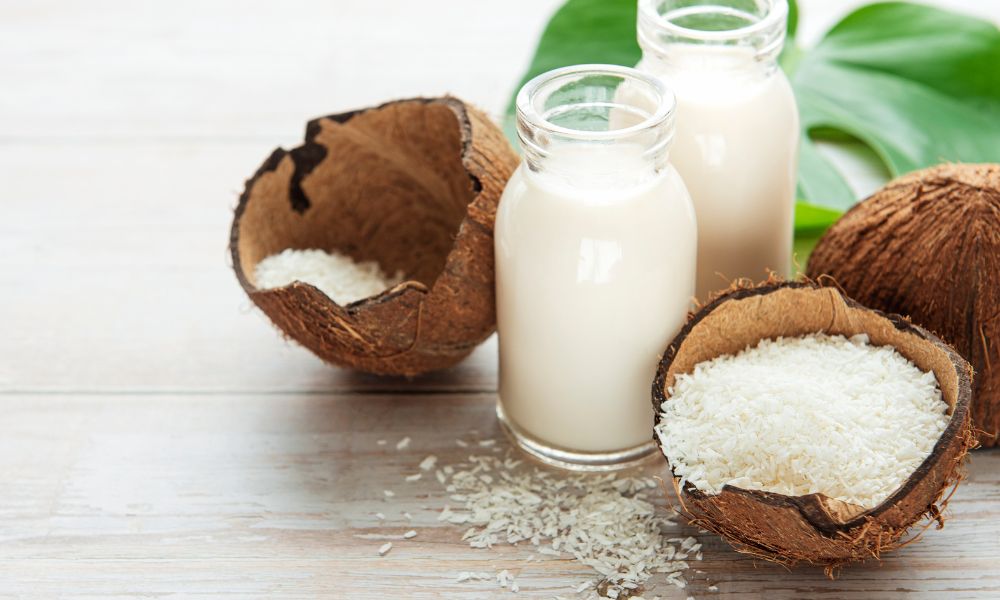
To maximize the shelf life of your canned coconut milk, follow these simple tips:
- Store properly: Keep unopened cans in a cool, dry place away from direct sunlight or heat sources.
- Inspect the can: Avoid using cans that are dented, bulging, or rusty, as these can indicate a compromised seal or bacterial growth.
- Refrigerate after opening: Once you’ve opened the can, transfer any unused coconut milk to an airtight container and store it in the refrigerator. Use within 3-4 days for best quality.
The Ultimate Guide to Freezing Coconut Milk
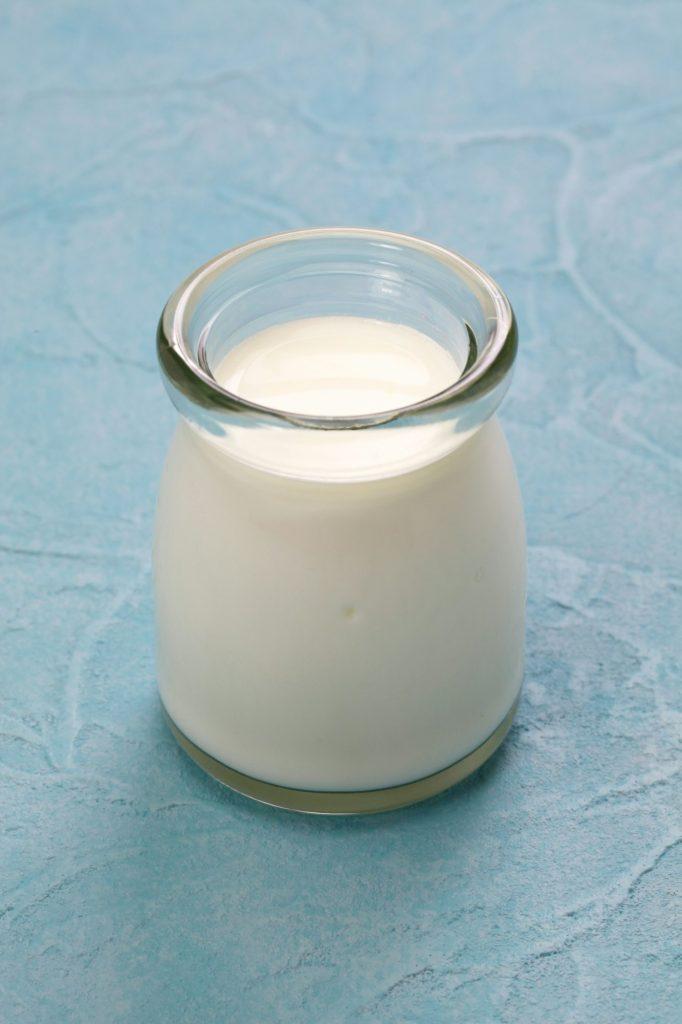
Freezing coconut milk is an excellent way to prolong its shelf life and reduce waste. If you find yourself with extra coconut milk nearing its expiration date, consider freezing it for later use.
Here’s everything you need to know:
How to Freeze Coconut Milk
- Shake the can well before opening to ensure the milk is evenly mixed.
- Pour the coconut milk into ice cube trays or small freezer-safe containers.
- Freeze for 2-3 hours, or until solid.
- Transfer the frozen cubes or portions to a freezer-safe bag, removing as much air as possible.
- Label the bag with the date and use within 1-2 months for best quality.
Texture Changes and Best Uses
Coconut milk separates and can become grainy after freezing. Once thawed, it may not be ideal for use in smooth sauces or beverages. However, it works well in:
- Smoothies: Blend frozen coconut milk cubes with fruits and vegetables for a creamy, refreshing drink.
- Curries and soups: The texture changes are less noticeable in these hearty dishes.
- Baked goods: Thawed coconut milk adds moisture and flavor to cakes, muffins, and bread.
Special Recipe: Tropical Frozen Coconut Smoothie
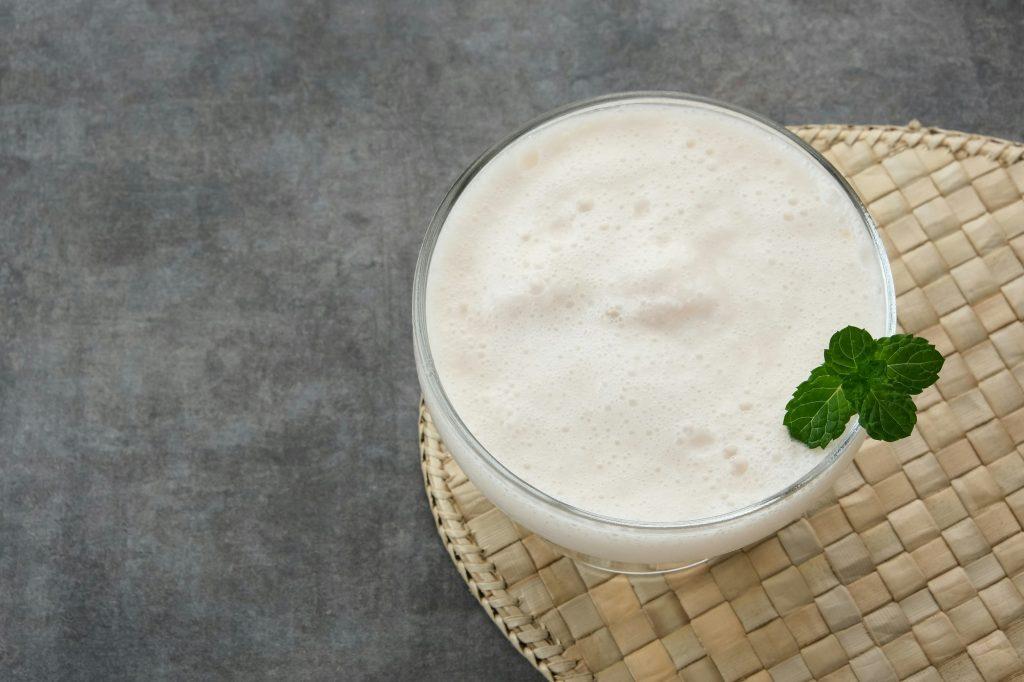
Ingredients:
- 1 cup frozen coconut milk cubes
- 1 frozen banana
- 1/2 cup frozen mango chunks
- 1/2 cup frozen pineapple chunks
- 1/2 cup coconut water
Instructions:
- Add all ingredients to a blender.
- Blend until smooth and creamy.
- Enjoy immediately for a refreshing tropical treat!
Recommended Uses for Older Coconut Milk
If your coconut milk is nearing or slightly past its expiration date, but still smells and looks fine, consider using it in recipes where minor changes in texture are less noticeable, such as:
- Curries and soups: The bold flavors and hearty textures of these dishes can mask any slight changes in the coconut milk. Try our delicious Thai Green Curry or Creamy Coconut Lentil Soup [link to recipes on your site].
- Smoothies: Blend older coconut milk with fruits, veggies, and your favorite smoothie ingredients for a delicious and creamy treat.
- Baked goods: Use slightly expired coconut milk in cakes, muffins, or bread for added moisture and a subtle coconut flavor. Our Coconut Milk Banana Bread is a reader favorite [link to recipe on your site].
- Coconut whipped cream: Chill a can of full-fat coconut milk overnight, then whip the solid cream for a dairy-free whipped cream alternative.
Learn more about using canned coconut milk in your coffee.
Case Study
Cooking with Slightly Expired Coconut Milk We conducted a small experiment to see how slightly expired coconut milk performs in a recipe.
We used a can that was one week past its expiration date but showed no signs of spoilage in a simple curry recipe.
The result? The curry tasted delicious, with no noticeable off-flavors or textures from the older coconut milk.
However, always prioritize safety and discard any coconut milk that shows signs of spoilage, regardless of the expiration date.
Canned Coconut Milk Storage Guide
| Storage Conditions | Shelf Life |
|---|---|
| Unopened can (cool, dry place) | 18-24 months |
| Unopened can (poor storage) | 6-12 months |
| Opened can (refrigerated) | 3-4 days |
| Frozen | 1-2 months |
Don’t let expiration dates scare you! By understanding safety signs, proper storage methods, and creative ways to use older coconut milk, you can reduce waste and enjoy its delicious versatility for longer.
Now, go whip up something amazing!
FAQs
What is the shelf life of canned coconut milk?
Unopened canned coconut milk can usually last between 18 months and 2 years when stored properly in a cool, dry place. Once opened, however, the shelf life is significantly reduced, making it necessary to refrigerate and consume it within 3-4 days.
Can I use coconut milk after the expiration date?
Yes, if it shows no signs of spoilage (off smells, mold, texture changes).
Can you freeze canned coconut milk?
Yes, coconut milk can be frozen to extend its shelf life. For instructions and tips on how to freeze coconut milk, visit this detailed guide. Keep in mind that the texture and separation may change after freezing, but it is still suitable for most recipes.
How do you properly store canned coconut milk?
Store unopened cans in a cool, dry place away from direct sunlight or heat sources. Once opened, transfer the coconut milk to an airtight container and refrigerate for up to 3-4 days. If you wish to store it longer, refer to the freezing guide mentioned earlier.
What’s the shelf life of unopened canned coconut milk?
18-24 months when stored properly.
